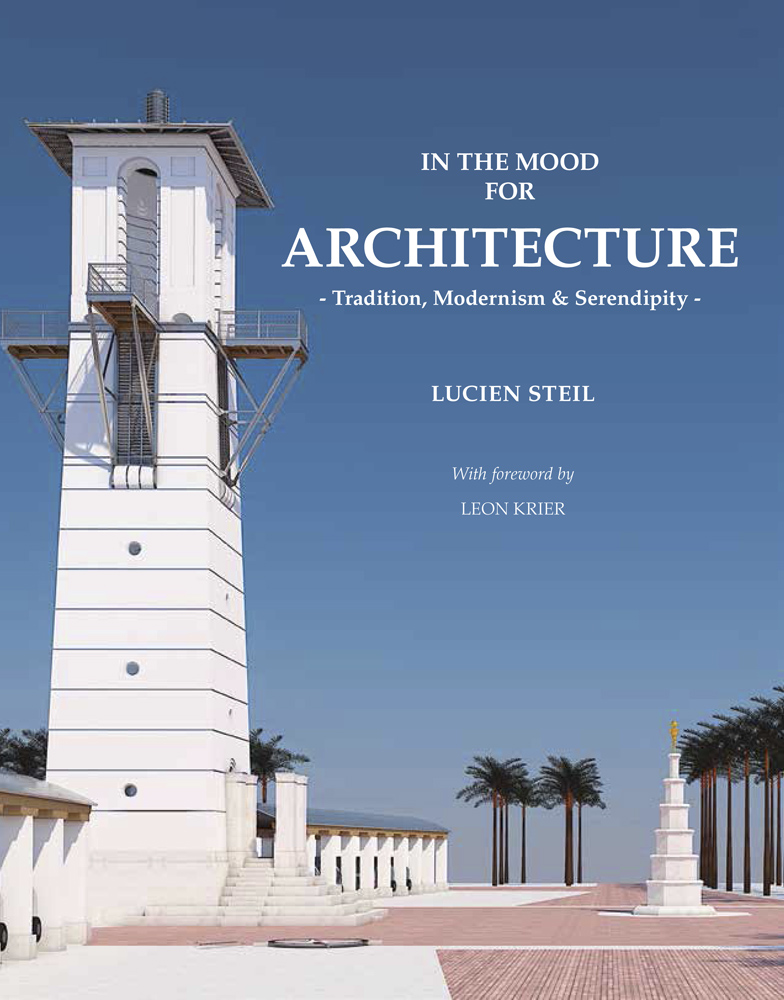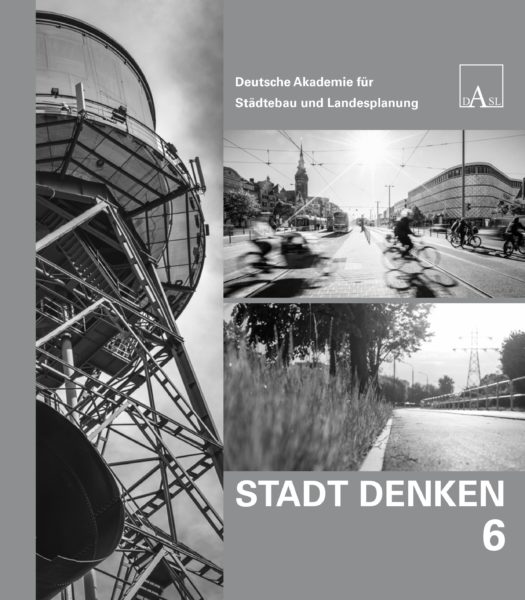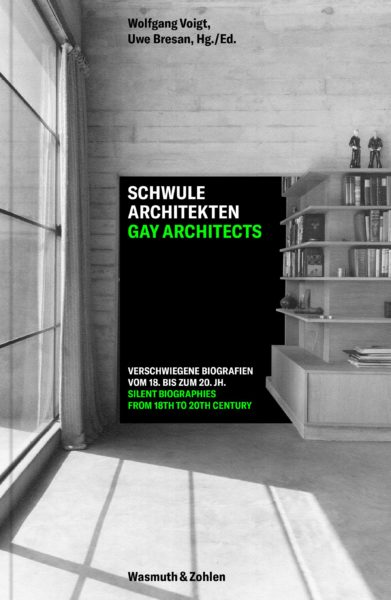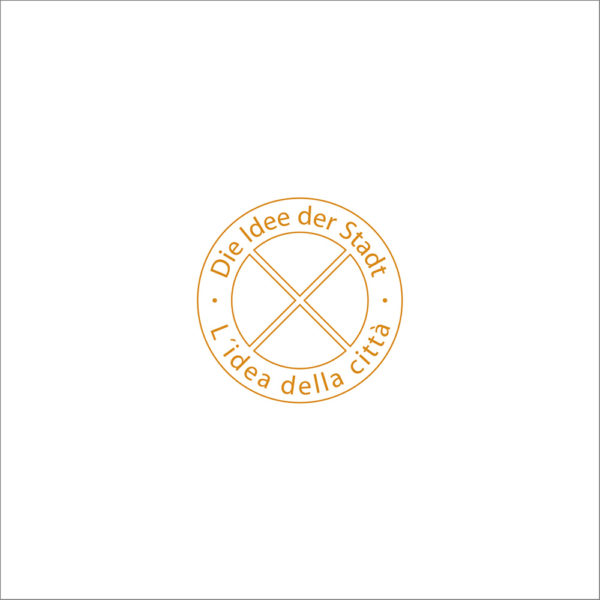In the Mood for Architecture
Tradition, Modernism and Serendipity
„In the Mood for Architecture” seeks to intervene in the polemics between tradition and modernity, and between modernism and classicism, mediating between entrenched positions with a theoretical sketch, or perhaps a meditative fragment, that evokes a contemporary architecture not afraid to acknowledge both tradition and modernity, that embraces newness and originality but also recognizes the role of imitation and convention.
- Author: Lucien Steil
- ISBN: 978 3 8030 0832 9
- Size: 24,5 x 30,5 cm. Hardcover
- Edition: 1st edition, original edition
48,00 €
incl. 7% VAT
zzgl. Versandkosten
-
Lucien Steil believes that traditional cities and architecture have always represented the ideals of harmony and beauty in a destabilized and disrupted world. For him, traditional cities and architecture have remained desirable models of cultural identity, homeliness, urbanity and civilization, and he maintains that the traditional city remains a good and desirable place to live, and that tradition offers a home to modernity and originality. It has proven to be perfectly compatible with modern life, despite an array of pressing challenges that must be considered as opportunities rather than limitations. For Steil, „this is both a tangible reality, time-tested and perfected, and a realistic, buildable, operational and necessary project for contemporary civilization”.
Rather than becoming obsolete, the traditional city has gained a new actuality as a remedy to the inconvenient truths of global warming and climate change. Traditional architecture and urbanism have the inherent sustainability to confront the greatest challenges of the 21st century, demonstrating not only great resilience but also the highest standards of modernity and originality in their acceptance of perpetual becoming.
Steil maintains that contemporary traditional architects and urbanists provide a counterbalance to an opportunistic architectural and planning establishment that clings nostalgically to past paradigms of Modernism, and has abandoned its social and cultural mission to build a better and more harmonious world. For him, they are poets, idealists, craftsmen and artists who invent, design and build places and buildings of lasting quality with a view to the „Firmitas”, „Utilitas” and „Venustas” championed by Vitruvius, allowing people of our time to live in comfort, security, harmony, enlightenment and pleasure.Read in:
Deutsch -
Author Lucien Steil Preface Leon Krier, Alireza Sagharchi, Maurice Culot (epilogue) ISBN 978 3 8030 0832 9 Size 24,5 x 30,5 cm. Hardcover Number of pages 280 pages Illustrations 220 colored illustrations Languages English Edition 1st edition, original edition Release February 2018 -
Lucien Steil has a lifetime of dedicated service as an architect, polemicist, author, tutor, lecturer and professor of architecture, dedicated to promoting sustainable traditional architecture and urbanism. He is a passionate supporter of New and Old Urbanism, a published author on traditional architecture, and a highly rated teacher of both, at a wide range of institutions in Europe and the US. He has maintained a continuity of philosophical integrity and professional ethics over 30 years in practice and academy resisting the ebb and flow of frivolous design fashions and ever changing ideologies of contemporaneity.
His built work, writing and academic activities constitute a body of work that has made a fundamental contribution to the practice of “Modern Classical” and “Traditional Architecture” today. His first widely read and published work on ‘Tradition and Architecture, Palaces, Public Buildings and Houses’ published by Architectural Design in 1987 proposed a perspective that embodied tectonics, tradition, memory, emotion and architecture into an evocative whole. This resonated with a new generation of Architects and recently graduated students who were caught in the ideological cross currents of the time.
Lucien Steil’s projects, didactic sketches, paintings of imagined, dreamt of and remembered cities, the waterfront promenades or hill towns with their gables and spires bathed in moonlight took us all to a place where the human condition finds solace in the familiar that is fast disappearing in the destruction of our cities and neighbourhood.
His other contribution in the years of resilience of the classical- vernacular tradition has been in his role as an educator nurturing the thoughts and aspirations of generations of students, a role which he continues to fulfil across two continents. His former students, now practicing as architects, they have carried his manifesto and principles into creation of towns, houses, palaces and cities, where his multi-sensory and poetic approach to drawing and sketching has awakened many young minds who have gone forth to change the present that is shaped as a legacy for future generations.
The critical eye he has cast on the production of the past thirty or so years is yet another foray into the influences that shape our perception. His heterotopic approach to Architecture that encompasses emotion, ethics, rationality, plurality, criticism and meditation, offers us a retrospective examining of our current predicament.
He also laments the pursuit of both dogmatic modernism and classicism, considering that they are no longer credible in an age where we rediscovered, appreciate and experience many traditions and noble modern ideals, as well as a more inclusive diversity of cultural expression. To understand this multi universe we must first conquer our own prejudices, condense the essence of the humanist message of the Classical- Vernacular Tradition endeavouring to participate genuinely to the construction of a better world.
Today “The Classical” and the idea of “Traditional” inhabit and cross many territories from the virtual, digital and intangible heritage to rock solid built form. To pursue a narrow fundamentalist or purely rationalist position would be a missed opportunity, and it would be contrary to ideals of harmony, genius and civility each great culture has successfully embodied.






